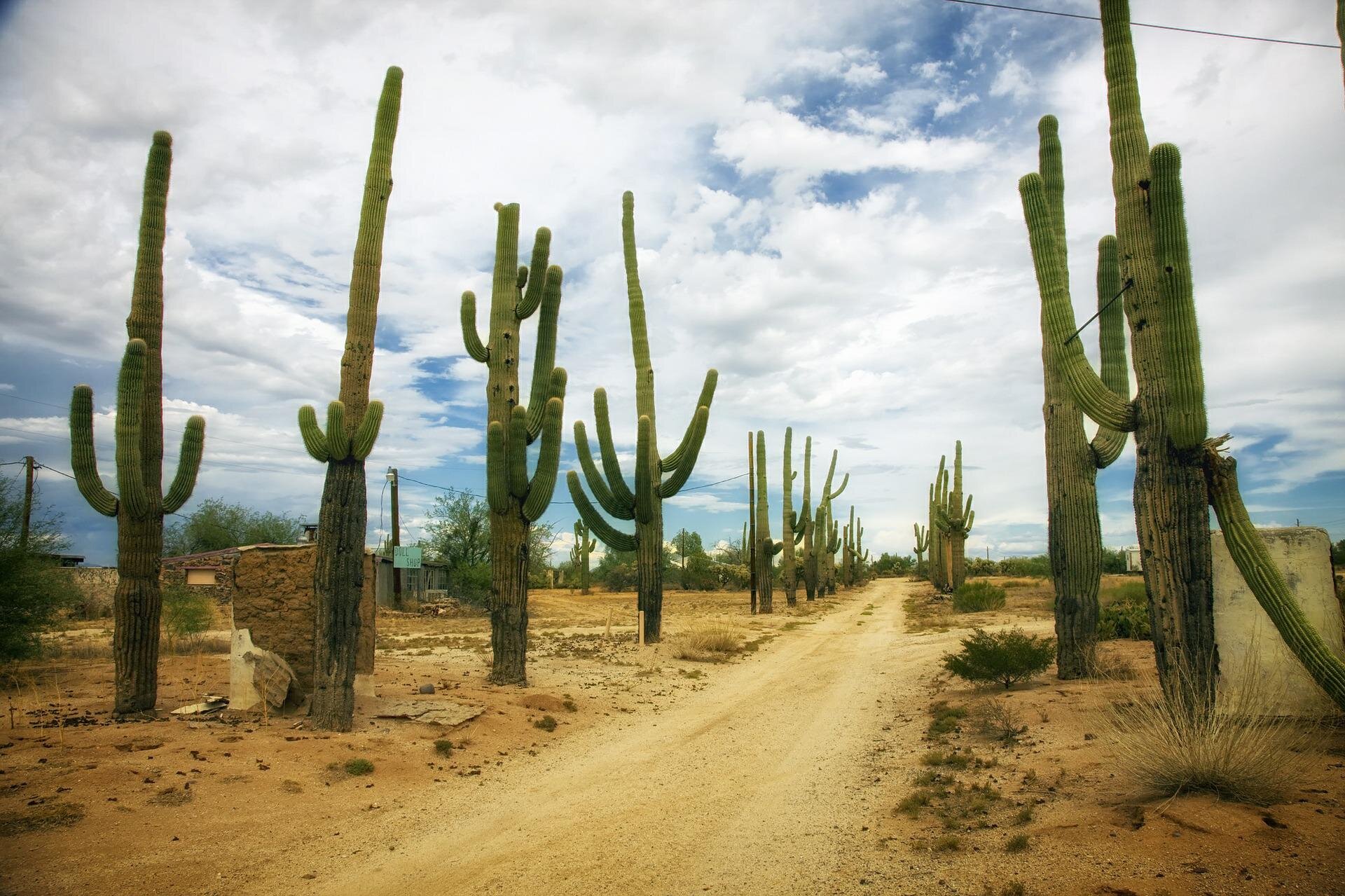The laws of thermodynamics dictate that a warmer atmosphere can hold more water vapor, but new research has found that atmospheric moisture has not increased as expected over arid and semi-arid regions of the world as the climate has warmed.
The findings are particularly puzzling because climate models have been predicting that the atmosphere will become more moist, even over dry regions. If the atmosphere is drier than anticipated, arid and semi-arid regions may be even more vulnerable to future wildfires and extreme heat than projected.
The authors of the new study, led by the U.S. National Science Foundation National Center for Atmospheric Research (NSF NCAR), are uncertain what’s causing the discrepancy.
“The impacts could be potentially severe,” said NSF NCAR scientist Isla Simpson, lead author of the study. “This is a global problem, and it’s something that is completely unexpected given our climate model results.”



Wasnt that the basis for Interstellar?
Oh hmm… I thought they were having some sort of problem with a blight that was wiping out all the commercial crops one-by-one until only corn was left. And then the NASA researchers realized even corn was on in trouble. But there was a lot going on in that movie that was hard to follow, so I’m not sure. Maybe there was a climate angle?
Going back to the lethargy idea, one could also surmise that when the rain does work its way inland, you could get more than you bargained for because the system will stall again and dump on one spot rather than moving on. At least that sort of tracks with what we’ve been seeing.
Might have confused it with Grapes of Wrath and came out with a weird conclusuon, been a while on both